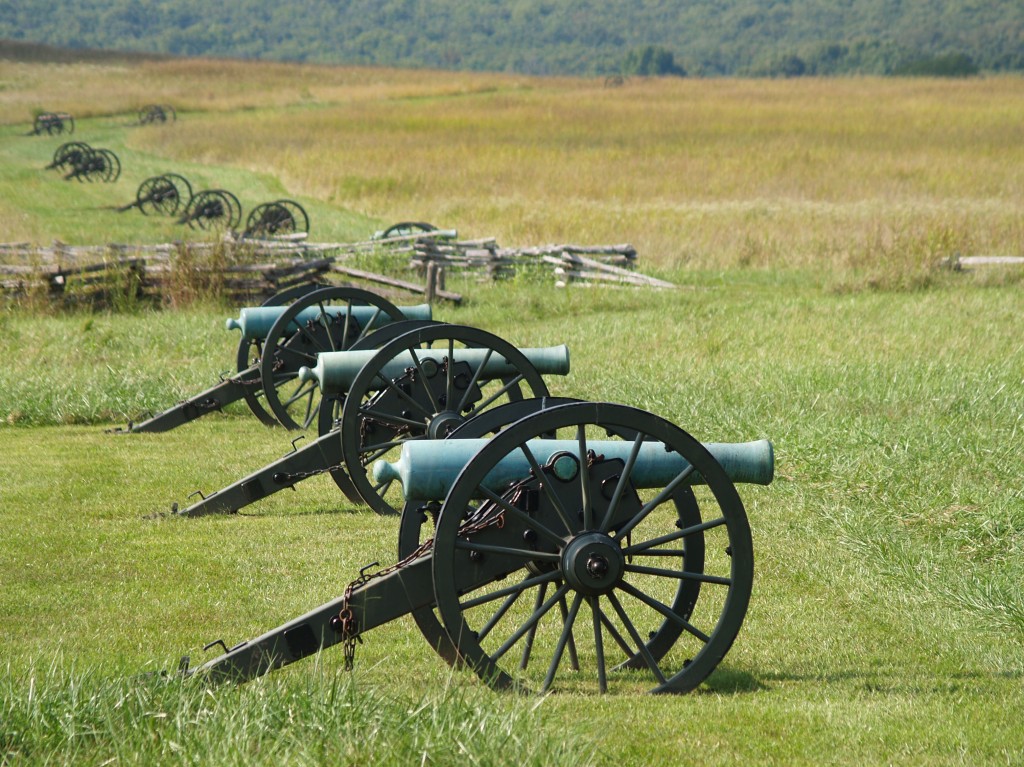Trail of Tears





The election of Abraham Lincoln in 1860, on a platform committed to halting the expansion of slavery, sent the United States spinning into a political tumult. By February 1861, seven southern states had left the Union and formed the Confederate States of America, where the continued existence of slavery was assured. Arkansans were divided in their sentiments. While the majority supported slavery, most Arkansans were loyal to the Union and hoped for a peaceful solution to the question of slavery. But, with the firing on Fort Sumter, South Carolina, in April 1861, and Lincoln’s call for troops to suppress the southern rebellion and restore the Union, Arkansans were forced to choose sides. Members of the Arkansas Secession Convention voted to leave the United States of America on May 6, 1861. Shortly after that, Arkansas joined the Confederacy. In Northwest Arkansas, a region of small farms and few slaves, loyalty to the Union remained strong, dividing neighbors, and even families, into opposing sides.
 Life on the Ozark home front was brutal. Local men joined the military and went off to fight, leaving women, children, and old men at home to manage farms and households and defend themselves. Both Union and Confederate troops burned and vandalized buildings, raided smokehouses and root cellars, and laid claim to all the food and livestock they could find. After the region’s largest conflicts, the Battle of Pea Ridge in March 1862 and the Battle of Prairie Grove in December 1862, both armies gradually scaled back their presence in Northwest Arkansas. This opened the way for bushwhackers—outlaws who had no allegiance to either blue or gray—to infest the region, bringing with them a reign of thievery, abuse, murder, and destruction.
Life on the Ozark home front was brutal. Local men joined the military and went off to fight, leaving women, children, and old men at home to manage farms and households and defend themselves. Both Union and Confederate troops burned and vandalized buildings, raided smokehouses and root cellars, and laid claim to all the food and livestock they could find. After the region’s largest conflicts, the Battle of Pea Ridge in March 1862 and the Battle of Prairie Grove in December 1862, both armies gradually scaled back their presence in Northwest Arkansas. This opened the way for bushwhackers—outlaws who had no allegiance to either blue or gray—to infest the region, bringing with them a reign of thievery, abuse, murder, and destruction.
Faced with such horrors, many people fled Northwest Arkansas. Those folks who chose to remain saw a landscape reduced to burned buildings, idle fields, abandoned farms, and fresh graves. Their Civil War was a miserable day-to-day fight against starvation, disease, and lawlessness. The stories and memories that have been handed down are a testimony to the suffering that was endured. As Washington County resident Nancy Morton Staples wrote, “There was nothing but sorrow, trouble, and worry till peace was declared.”

The Conservation Fund and Northwest Arkansas Land Trust have announced the purchase of a key Civil
Read more…
Settled by Anglo pioneers in 1827, Cane Hill is one of the earliest settlements in Washington County. The community was a witness to both Trail of Tears and Civil War activities.
Read more…Located in southwest Fayetteville, the area historically known as Cato Springs is named for the John
Read more…The western Washington County community of Dutch Mills was originally called Hermannsburg. It was founded by German
Read more…Land entries reveal that Anglo settlers were living in the Elm Springs vicinity of Washington County by 1831.
Read more…The pioneer settlement of Evansville (in western Washington County) was named for Capt. Lewis Evans, a
Read more…Fayetteville’s beautiful Evergreen Cemetery contains the graves of hundreds of people who left their mark on Washington County
Read more…
Built in 1853 by Jonas and Matilda Tebbetts, Headquarters House is one of the finest examples of Greek Revival architecture in Arkansas.
Read more…The Mount Comfort community, now part of northwest Fayetteville, was settled about 1830. One of the first
Read more…
The campaign that would culminate in the Battle of Pea Ridge began December 25, 1861 with the appointment of Brigadier General Samuel R. Curtis to command the Union Army of the Southwest.
Read more…
March 10, 1862, four Confederate soldiers who had been deserted by their main company after the March 7 Battle of Pea Ridge were making their way home to the present-day Gentry and Siloam Springs areas.
Read more…
By Don Montgomery Former park historian The Battle of Prairie Grove was the last time two
Read more…Rhea’s Mill, five miles northwest of Prairie Grove, takes its name from William Rhea, a prosperous merchant
Read more…Rogers The Rogers Historical Museum opens doorways to the past with its exhibits on Rogers and
Read more…
The Shiloh Museum of Ozark History is a regional history museum focusing on the Northwest Arkansas Ozarks. The museum takes its name from the pioneer community of Shiloh, which became Springdale in the 1870s.
Read more…